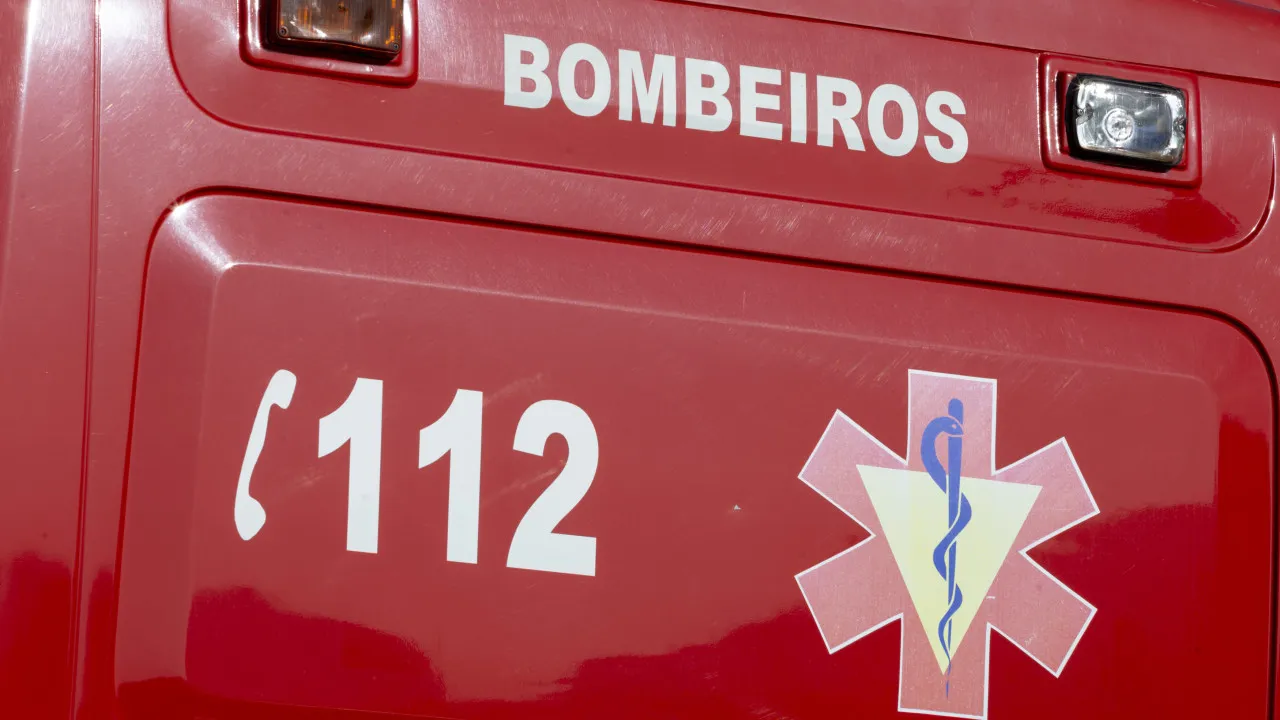
The decision, published in the Official Gazette, addresses the classification process initiated in 2022 by the coastal municipality within the district of Aveiro and the Porto Metropolitan Area.
The announcement justifies the institute’s decision by emphasizing the importance of Arte Xávega as a reflection of the identity of the community, groups, and individuals involved in this fishing practice.
The document highlights the historical, social, and cultural significance of Arte Xávega in its territorial area, its contribution to sustainable development, the current risk to the continuation of its knowledge transmission, and the urgent need for measures to safeguard its sustainability.
The President of Espinho Municipality, Maria Manuel Cruz, described it as “a historic achievement that reinforces the identity and cultural heritage” of the town.
“Arte Xávega is undoubtedly one of the greatest symbols of our tradition and history,” said the Socialist mayor to Lusa. “It represents not just a fishing technique but also a profound reflection of our collective identity, our connection to the sea, and the strength of a community united in preserving its values and culture,” she added.
The inclusion of this practice in the National Inventory, under an urgent protection regime, acknowledges “the pressing need to implement protective, valorizing, and sustainable measures to preserve and ensure the viability of this important practice.”
According to the application to the Cultural Heritage Institute, Arte Xávega practiced in Espinho is a traditional fishing method using a seine net cast into the sea and then hauled ashore with the captured fish.
Registered as “fishing by surrounding-seine technique” under Decree-Law No. 7/2000 dated May 30 and regulated by Ordinance 1102-F/2000 dated November 22, this traditional practice involves ropes, hauling lines, and a bag net. It requires the net to be cast aboard a vessel, which leaves one hauling rope on the beach so that, upon completion, the boat returns with a second rope, encircling the fish.
“Once both ropes are on the beach, the hauling begins, pulling the net ashore while keeping the bag’s mouth open using floats and weights,” explains the application documentation, noting that “initially, hauling was done by hand, later by animal traction, and currently by mechanical means using motor tractors.”
Historically, the most frequently caught species have included horse mackerel, mackerel, and sardines. Before the construction of the Leixões port in the late 19th century, Espinho also saw catches of croaker, hake, and sea bass, in addition to abundant sardines.
In recent times, species such as crab, gilt-head bream, poor cod, sole, squid, ray, European seabass, red gurnard, and anchovy have been added to the haul.
According to a municipal source, the Espinho City Council is collaborating with the local fishing community on projects for fish market requalification, support for financing applications, creation of an interpretative center on the now-protected fishing practice, and conducting training and promotion activities for this trade.
Maria Manuel Cruz believes that these initiatives will “ensure the future of Arte Xávega and its sustainable integration into the city.”




